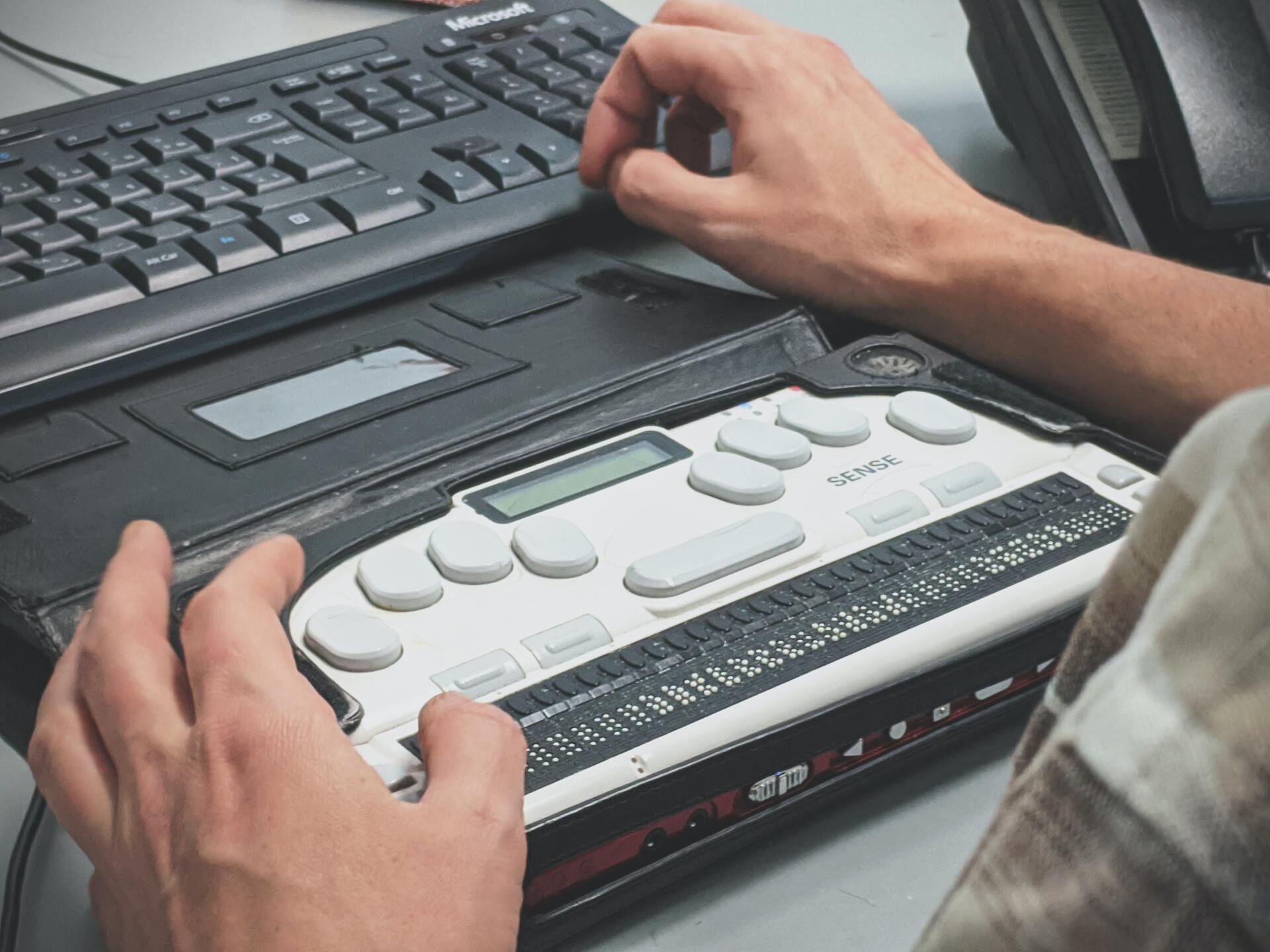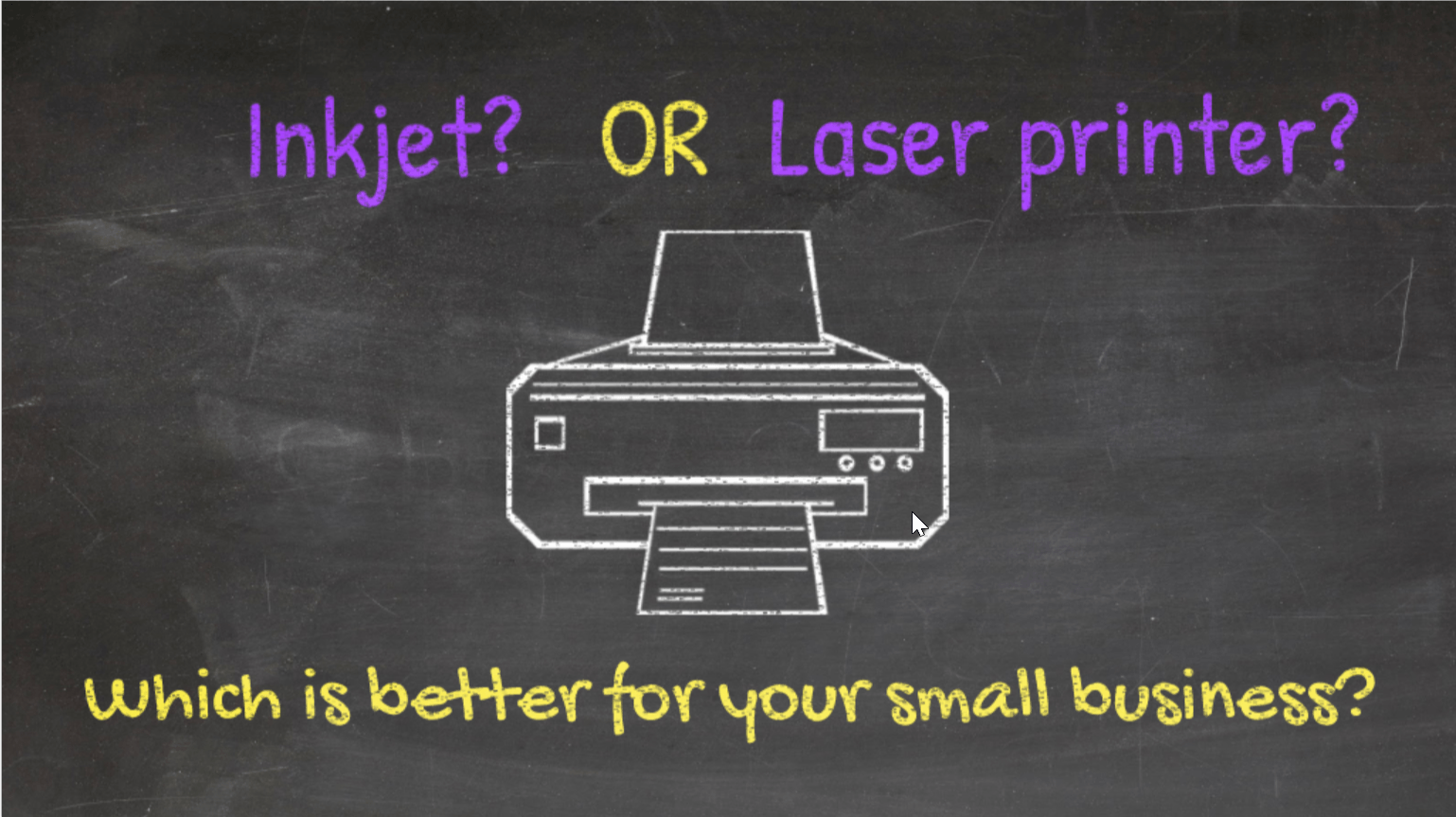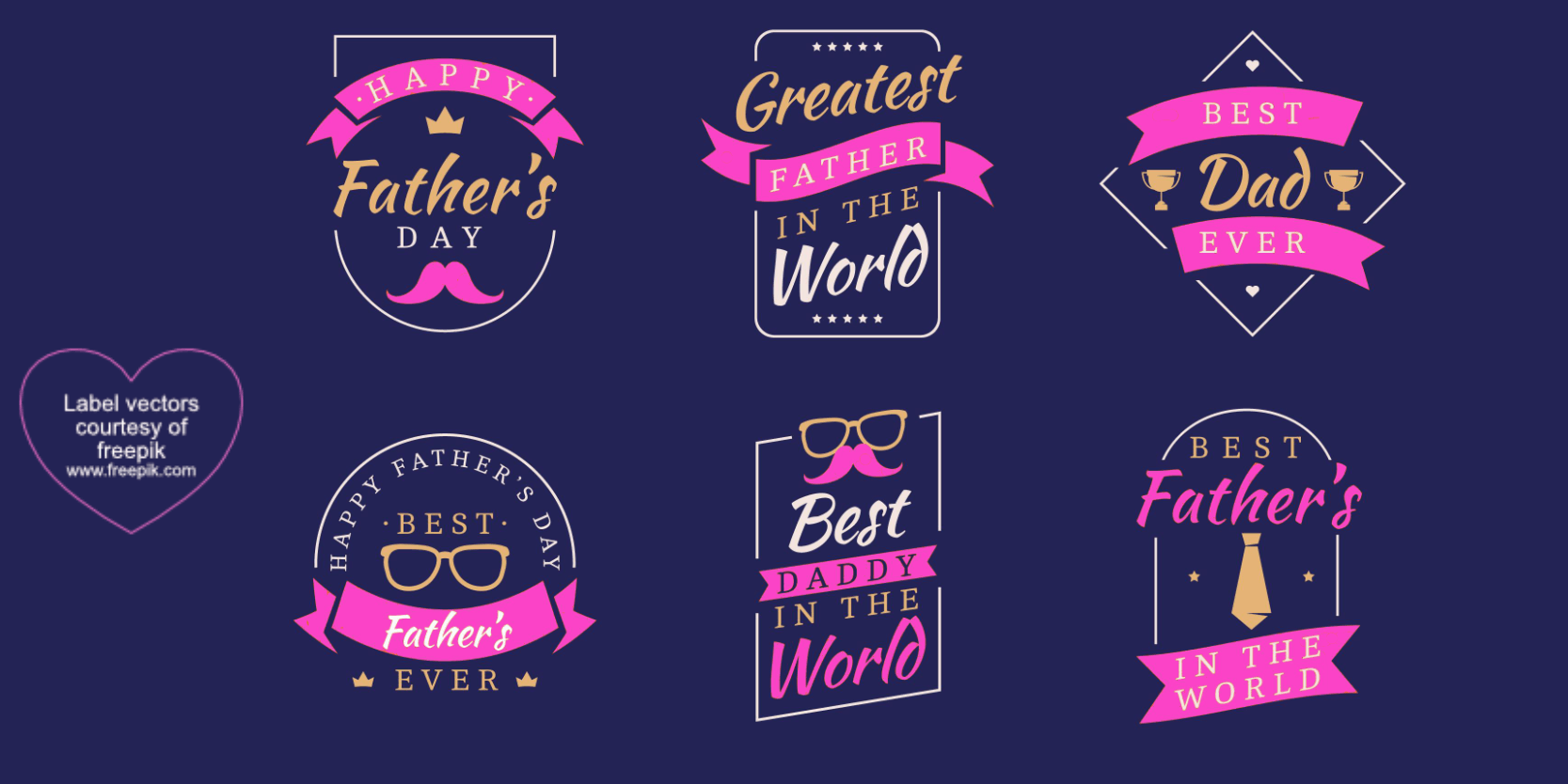Should you get an inkjet or a laser printer for your home office?
Laser wins if you're not printing glossy photo prints for your business
If you do a lot of printing, there is NO question that you should get get a laser printer over an inkjet. The only time an inkjet wins is if you print glossy photo prints for your business. Inkjet photo vividness can't be beat. But for the typical entrepreneur who works from home and needs a printer? A laser printer is the best choice, imho. In my business, I need to have a color printer. It can't be avoided. However, if you're not in the graphics business, you can save money by buying a black and white only laser printer.
Do the Math
While the initial purchase of a laser printer can be 3 to 10 times more expensive than an inkjet, and the toner replacement costs can also be 3 to 8 times more expensive than for an inkjet replacement cartridge, you have to weigh that you can usually print over 2000 copies (give or take depending on the average density of color in your printouts) before you need to change a laser toner cartridge. Inkjets can't match that volume of output. If you do the
math for page yield, a standard 3rd-party black inkjet cartridge yields 300 pages and costs $22/cartridge, which prorates to $0.07 per page. Compare that to my HP Laserjet, which can print 2100 pages on a $27 3rd-party, black cartridge. (I rarely buy brand-name anything, with the exception being Thomas' English Muffins. Their nooks and crannies make the muffins super yummy!) This equates to $0.01 per page. In other words, printing from an inkjet cartridge is 7 times more expensive than printing from a laser printer.
Replacement toner costs can be more expensive, but you can save money if you're not afraid to buy 3rd-party replacements
My color laser printer came with "starter" toner, meaning the cartridges weren't filled 100%. The salesman said the toners were probably 50% full. I'd say I was able to print about 800 sheets before the first cartridge had to be replaced. HP-branded replacement cartridges are over $100 each (and you need 4 for a color printer). But I did some research and found a non-OEM replacement toner package of 4 cartridges (cyan, magenta, yellow, and black) for only $125 for all four cartridges (on Amazon). They work fine and I saved a TON of money. The only caveat is that the HP printer recognizes that a 3rd-party cartridge was installed and there is a disclaimer that "Any printer repair required as a result of using non-HP cartridges is not covered under warranty." My interpretation is that if the repair is NOT toner-related, then it IS covered. I was willing to take the risk. After about 9 months of use, I replaced all the cartridges once. And my laser printer is still working just fine.
You may lose some vividness of color between HP-branded and aftermarket toners. But I don't feel it is that noticeable. However vivid OEM toners may be, I don't personally feel that the vividness is worth 4 times more. YMMV
Your time is money
Laser printers can print 10 to 20 times faster than an inkjet. So if you need to print a lot, and print quickly, you should have a laser printer.
You don't have to worry about colors smearing
If you're printing something with a lot of color (and "vividness" is not a concern), the ink is already dry when the printout comes out of a laser printer. You don't have to wait or worry about colors smearing as you would an inkjet print with high coverage. Additionally, if you need to print something that needs to be mailed, sending inkjet prints can be risky. If your mail gets caught in the rain, it will run. And the recipient won't be able to read it. My boyfriend recently received an invoice, from a HOSPITAL, that was printed on an inkjet. It got rained on. Everything was smeared. He couldn't read it, much less pay it. I don't understand why a hospital would print a bill via inkjet. That is not smart.
Conserving color printing on inkjets can waste money
When I owned inkjets, to "conserve" the color inks, I would turn on the "b&w" printing option and only printed with color occasionally. But the problem is that when you don't print color copies regularly on an inkjet (at least once a week), your inkjet color cartridges can dry out. So that when you DO want to print in color, all you get is a crappy, unusable, unreadable print. And then you have to replace a barely used color inkjet cartridge to print in color. (This is not a savings.) Or forego printing in color. (Then why even have a color printer in the first place?)
Conclusion
So, when I decided to go into business for myself I knew I needed a printer which would allow me to print in black-and-white 90% of the time without having the color cartridges dry out before I finally printed in color. I also wanted to be able print short-run, color brochures (5 each, for example) at home instead of sending out to Staples or Vistaprint. And I wanted to be able to print without worrying about colors smearing if I have a heavy coverage printout or having the printout become unreadable after getting wet. For all these reasons, the laser printer was the clear choice for me.
So I bought an
HP Color Laser Jet Pro MFP M477fnw. I bought it at Staples for about $307 (before taxes), after instant savings and 110% price match in February 2018.
Basically, if you do a lot of printing, a laser printer is the way to go. And if you do infrequent printing, a laser printer is also the way to go. Laser printer toner does not "dry out" like wet inkjet cartridges will. And quite frankly, you'll find your life more convenient when you can print whenever you want to, instead of agonizing over whether you "really" need to print this or that out in color or not.
You may waste more paper because now you can print willy-nilly. lol Just make sure you recycle your used printouts. I usually use the back side of printouts for note taking and scribbling before I put into the recycle bin. (And for safety, I shred anything with personal info.)
If you have any questions about the content in this article, don't hesitate to contact me at info@bizzistance.com! If you found this article helpful, you may find other articles in my Small Business Tips Series helpful. Check out the Series here!
Original article was published in 2018. Costs referenced in the article reflect 2018 pricing.
Updated on 10/13/2020 to fix typos and reorganized topics under new headings for better flow and easier scanning for the busy entrepreneur.
News, Events & Blog Articles









